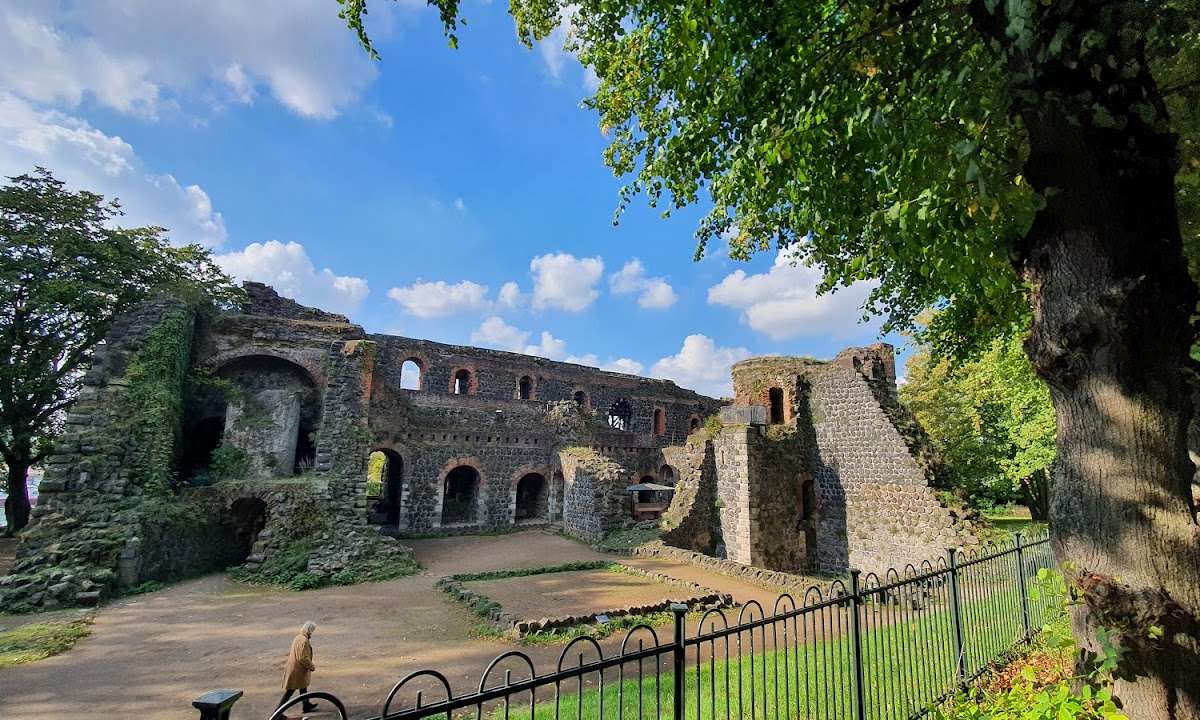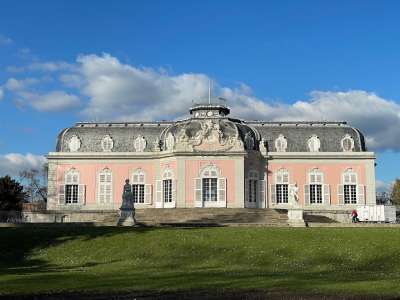The Kaiserpfalz Kaiserswerth is a historically significant medieval castle ruin located in the Kaiserswerth district of Düsseldorf, Germany. The site dates back to the 10th century, originally serving as a royal palace or “Pfalz” for the Holy Roman Emperor Otto II. Its strategic position on the banks of the Rhine River made it a key fortress for controlling trade and river traffic, particularly in the Rhineland region.
The castle gained prominence under Emperor Frederick I, also known as Barbarossa, who expanded and fortified it in the 12th century. Barbarossa’s upgrades transformed the Kaiserpfalz into a formidable stronghold with massive stone walls, designed to assert imperial power and control over the region. The castle’s walls, some of which are over four meters thick, stand as a testament to its once imposing structure.
Over the centuries, the Kaiserpfalz Kaiserswerth played a crucial role in various military and political conflicts, including the War of the Spanish Succession. However, after being heavily damaged during several sieges, particularly in the 17th century, the castle fell into disrepair. By the 18th century, it had been largely abandoned and eventually reduced to ruins.
Today, the ruins of Kaiserpfalz Kaiserswerth are a popular tourist attraction and a significant piece of German heritage. Visitors can explore the remaining structures, including parts of the massive walls and a few towers, while learning about the site’s rich history. The surrounding area of Kaiserswerth itself is a charming district, known for its historical buildings and picturesque views along the Rhine, making it a favorite destination for history enthusiasts and casual tourists alike.





